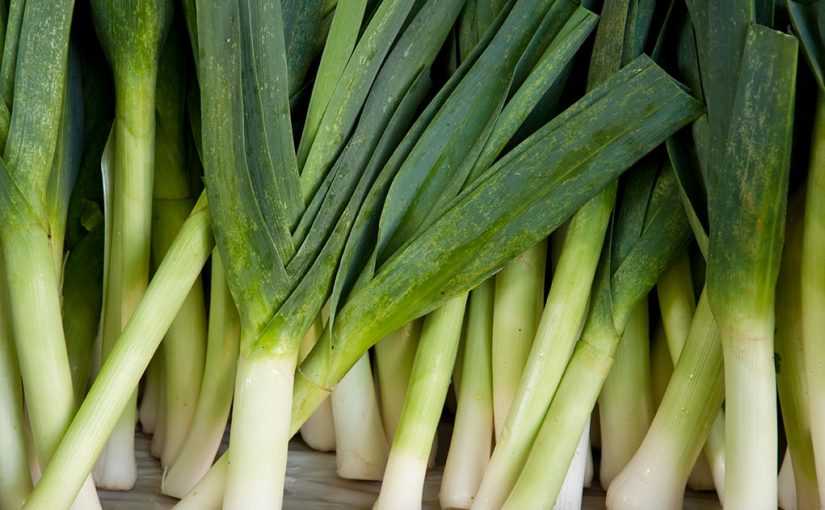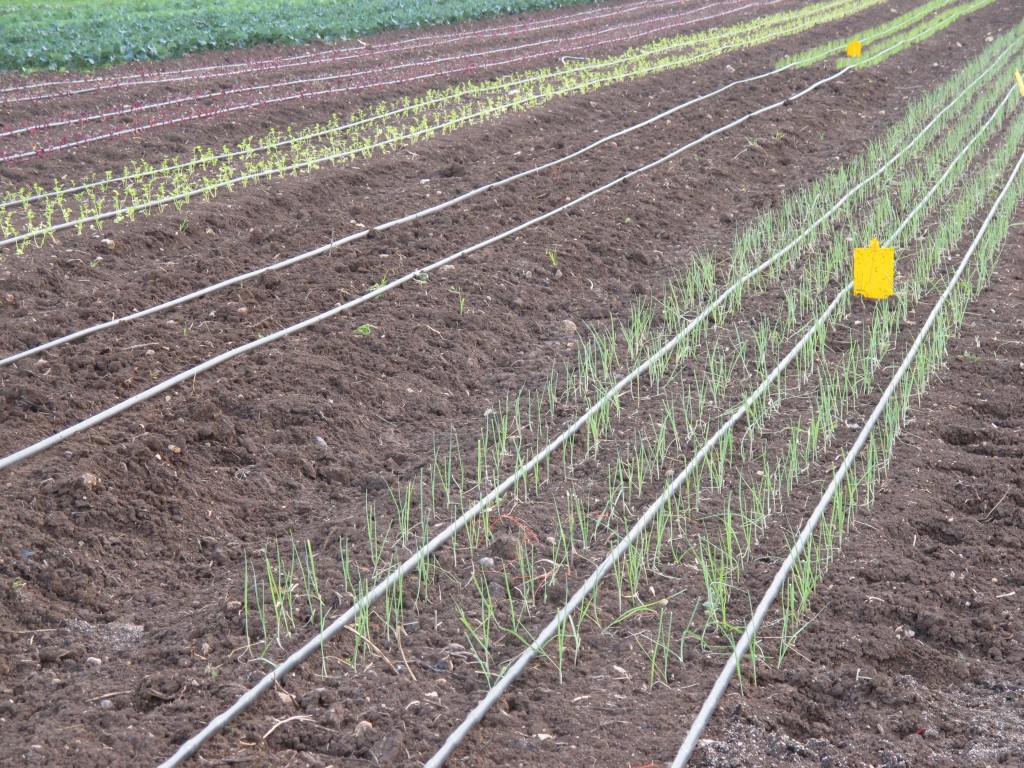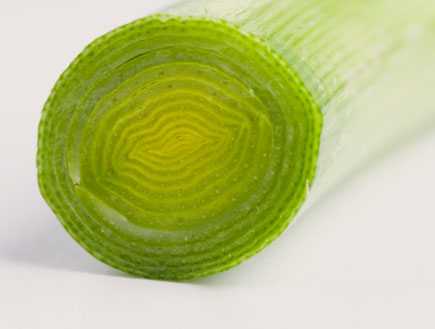 How sweet it is to be loved by you…
How sweet it is to be loved by you…
As a pre-sizzling-summer deal, we’re offering a great sale on the extraordinarily delicious organic Zahidi dates from Kibbutz Samar: 7.5 NIS per 500 gram package, 70 NIS per 5 kg box. Order this sweet treat now via our order system!
_____________________________________
Note Shavuoth holiday delivery changes!
Next week – Monday deliveries as usual.
Wednesday deliveries move to Thursday, June 1.
Our order system will close for changes on Monday, May 29th at 9 pm.
Reminder: Open Day at Chubeza will take place on Isru Chag of Shavuoth, Thursday, June 1, between 3-7pm in our field at Kfar Bin Nun. The Open Day gives us a chance to meet, tour the field, and nibble on vegetables and other delicacies. Children have their own tailor-made tours designed for little feet and curious minds, plus special arts and crafts and cooking activities. A more detailed schedule will be provided next week.
We look forward to your visit!
_____________________________________________________
This week, the stage goes to Smadar, a veteran client, telling you about a healthy alternative to tampons and new hope for African women:
Close your eyes for just a moment and imagine you’re in Africa. Not Cape Town or Johannesburg, but rather in a distant remote village where dirt trumps paved roads and air outplays the internet. For me, this image arouses emotions of longing for a different kind of life and existence.
Now, imagine you have gotten your period, and there are absolutely no tampons or pads, no washing machines or driers for cloth pads. Nothing.
What now?
Young girls and women worldwide deal with this question every month. The solutions are not great. Usually, the young girl will be forced to stay home, miss a week of school every month, fall behind in class, and perhaps eventually even quit school. Here is where the Ruby Cup comes in. A group of Danish women with vast experience working in Africa realized that menstruation is a key to good education for local girls, allowing them to break the circle of poverty, advance, choose who to marry and how many children they bear.
And they created magic in the form of a cup. Just soft enough, and just stiff enough. Made of gentle silicon, with no animal experimentation carried out in the manufacturing process.
For each Ruby Cup sold, they donate one to a girl in Africa, along with conducting workshops on health, sexuality and hygiene. And now, the revolutionary Ruby Cups are available for purchase in Israel, simultaneously providing young African girls with the opportunity to advance. Over the month of May your donation goes even further! For each cup sold, you will be contributing *two* cups, changing the lives of two girls. Isn’t it well worth it?
http://www.nashiuti.co.il/p/RubyCup
__________________________________________
The Fragrance of Hay
Over the past few weeks, the wheat fields surrounding us have been harvested. Early, pre-Shavuoth harvest is a sign of disappointment. In a rainy year, when the stalks of golden grain fill with chubby seeds, the wheat is harvested by a combine which harvests the stalks while separating the seeds from the hay, which is later gathered into bales for various uses. But in drier years, like this one, the seeds do not sufficiently fill up to justify the effort of separation, and thus the field is harvested as a whole and packed up in bales of hay (containing hay and seeds together.) The high quality protein in the thin seeds which remain in the stalks will feed animals that will graze on the hay. So these rectangular bales look so pastoral and serve as a beautiful backdrop for the upcoming Shavuoth festival, but our hearts ache a little at their sight.
But in our field, a different type of Chetzir (Hebrew for hay) is now growing. Any guesses?
The Children of Israel recalled it wistfully when they complained of what they missed from Egypt, “We remembered the chetzir and the onions and the garlic.” As this mysterious chetzir is mentioned in conjunction with the other vegetables eaten in Egypt, the biblical commentators understood this to mean that it is not the animal fodder hay being craved, but rather a dearly beloved vegetable. Unkelus terms it kreti while Yonatan Ben Uziel calls it Kaplutia, Rashi prefers forilsh and Maimonides goes with karat. But a modern translator or interpreter would simply call it krisha, and in English it would be the lovely leek.
She is the fair sister of the garlic and onion, much like them in many ways, but then again, so different. True, the onion and garlic are the more popular of the siblings, while she, the genuine aristocrat, is somewhat of a snob and an infrequent visitor in our kitchens. Here in Chubeza, however, she has graced our fields from the very beginning.
In Hebrew, she goes by krisha, or many other monikers such as luf, prasah, piro, karti, or her formal name shum-hakarah. The leek is an easy vegetable to grow, unfettered by cold or heat. It does have to contend with the occasional pest, weed, and disease, but usually breezes through those encounters with valor. Yet to enjoy the luscious leek, one must exercise extreme patience. From the day the seedlings are placed in the soft earth till the day they are picked, at least five to six long months will pass. But it’s well worth the wait.
The leek is a tasty delicacy, far milder than its acrid siblings, the onion, scallion and garlic. What’s more, the leek is less pungent and will not bring tears to your eyes. In contrast to its relatives, the leek usually cannot be eaten fresh and must be cooked. But there are so many ways to cook it (steamed, boiled, roasted, baked, fried), and so many ways to prepare it (see Recipe Section) that some leek dishes should come with the warning, “Caution: may be addictive!”
The leek is an honored guest at the Rosh Hashanah table, symbolizing the blessing, “May our enemies be cut down,” by virtue of its paraphrasing the word karti, which sounds similar to: “Karat = cut down.” Six months later, leeks assume their place on the festive Pesach table. Leek fritters (made with matza meal or matza farfel) are a favorite, filling hors d’ouvre during Passover. Leeks can take starring roles at these two such varied holidays because they grow year round. Despite the cold of winter (in Europe they grow beneath the snow) and the heat of summer, they survive and flourish. Just give them some time.
Leeks have been growing in our region for over 2000 years, and even then they were quite popular. Excavations in Egypt have revealed dried specimens of ancient leeks, as well as their depictions in wall drawings. The Greeks and the Romans were convinced that leeks were beneficial to the vocal chords. Emperor Nero, an aficionado of singing and music, was passionate about consuming a bowl of leek soup a day to improve the timbre of his voice, gaining him the nickname “leek eater.”
The Romans brought the leek with them to each locale they conquered, including England, where the leek attained a place of honor among the Welsh population. It is associated with the patron saint of Wales, Saint Dewi, a devout vegetarian who subsisted on bread, water, herbs and leeks. In a battle between the Welsh and the Saxons that took place in a leek field on March 1, 1620, the Welsh faced a major peril when they discovered that both armies were wearing identical uniforms. According to legend, King Cadwaladr of Gwynedd ordered his soldiers to wear the leeks on their helmets to identify themselves. Naturally, they were victorious in battle. To this day, March 1st, Saint Dewi’s Day, Welsh soldiers adorn their helmets with a leek stalk, and Welsh citizens don a sprig of leek in their lapels. Since that time, much water has flowed under the Thames, but the national colors of the Kingdom of Wales have remained the green and white of the valiant leek. British one-pound coins bear the design of a leek, in testimony to its special standing amongst the Welsh people.
Growing leeks begins with inserting thin seedlings into the earth, following the “deeper the better” rule of planting. The edible part of the leek is the white section at the base of the stalk, hidden under the earth’s cover and thus unexposed to sunlight and lacking chlorophyll’s green. The deeper the leek is planted in the earth, the longer the white sections it produces. To expand this white section, there are those who hill the plants with soil two or three times, higher with each hoeing. But not at Chubeza, due to a lack of time and a profusion of leeks. We’re satisfied with the natural length of the white, but if you’re growing leeks in your own yard, pamper them and cover the stalk in the ground, thus “blanching” a longer part of the stalk.
After planting the leeks, one must ascertain that they are given ample water, sun and weeding. But the leek will do all the rest……. just very slowly. For here is the real test (of nerves): just giving the plant all the time it needs, lots of time, to grow extremely slowly at its own rate. After five or six months, it will indeed reach the desired height and width for harvest. In our first years at Chubeza, we lacked both experience and patience, and “somehow” our leeks always remained stunted in growth. A consultation with Iris Ben Zvi, a veteran organic leek grower, revealed the error of our ways. “Before five months have passed,” she explained, “I don’t even check on the leeks. Only after five months do I first venture into the field to see if it’s time to harvest.” A lesson in patience.
Despite the fact that the white is its most coveted part, its green leaves rate mention in Mishnah Brachot, in Rabbi Eliezer’s response to the question of when it is permitted to recite the Shma prayer in the morning. According to the rabbi, the answer is at the very moment when there is sufficient light to distinguish between azure and “karti,” with “karti” indicating “leek green.” And indeed, the hallmark of fresh spring leeks is the verdant green of its leaves and the lustrous white of its stem. As mentioned, the leek can grow all year, but spring is its magic moment. Winter’s cold temperatures and rains have cloaked it in luxury, and perhaps it is also the general rhythm of winter which matches the slow, relaxing pace of the leek. In any case, the leek sails through a growing season unfazed by such ills as extreme temperatures, growing juicier all the time. Spring finally jolts even the dawdling, slow and easygoing leek and she is ready for harvest. You’ll meet its springtime vitality in your boxes over the next few weeks.
And what’s good for Emperor Nero, Saint Dewy, and the Children of Israel is good for us as well! Leeks can be made into delicious soup, patties, salads, or stuffed, or added to pasta, or used as a substitute for onion in any dish. Here are several tips for storing and using Lady Leek:
- Just as it’s hardy in the field, so it is in storage. Leeks can easily keep for two weeks in the fridge. (You could wrap them in a plastic bag or store in the vegetable drawer.)
- To preserve leeks for even longer, they can be blanched for three minutes in boiling water, drained and sealed in a container in the freezer.
- Remember that one part of the leek—the white section—grew underground. Before using, it’s important to wash the area well to remove any remaining dirt particles.
- Young leeks (not like those that we send you) can be used in fresh salads.
- Conventionally, it’s recommended to discard the green part of the leek, which is a pity. The green leaves make an excellent seasoning and outstanding “raw material” for soups and sauces.
And in keeping with the second, more optimistic half of the Omer count, let us conclude with a positive blessing for the leek, making up for the negative one she is given on Rosh Hashanah: may we like each other with all our hearts, may we build bridges and ties as strong and enduring as a leek on a spring day.
Have a good spring week,
Alon, Bat-Ami, Dror, Yochai and the Chubeza team
_______________________________________
WHAT’S IN THIS WEEK’S BOXES?
Monday: New Zealand spinach/Swiss chard/mint, lettuce, cucumbers, zucchini, parsley/coriander, tomatoes, leeks, onions, potatoes, carrots, beets.
Large box, in addition: Cabbage/acorn squash, garlic, fakus.
Monday: Cabbage/acorn squash, fakus+cucumbers, New Zealand spinach/Swiss chard, lettuce, zucchini, parsley/coriander, tomatoes, onions, potatoes, carrots, beets.
Large box, in addition: Garlic/leeks, mint, melon.
And there’s more! You can add to your basket a wide, delectable range of additional products from fine small producers: flour, fruits, sprouts, honey, dates, almonds, garbanzo beans, crackers, probiotic foods, dried fruits and leathers, olive oil, bakery products, apple juice, cider and jams, dates silan and healthy snacks and goat dairy too! You can learn more about each producer on the Chubeza website. On our order system there’s a detailed listing of the products and their cost, you can make an order online now!




